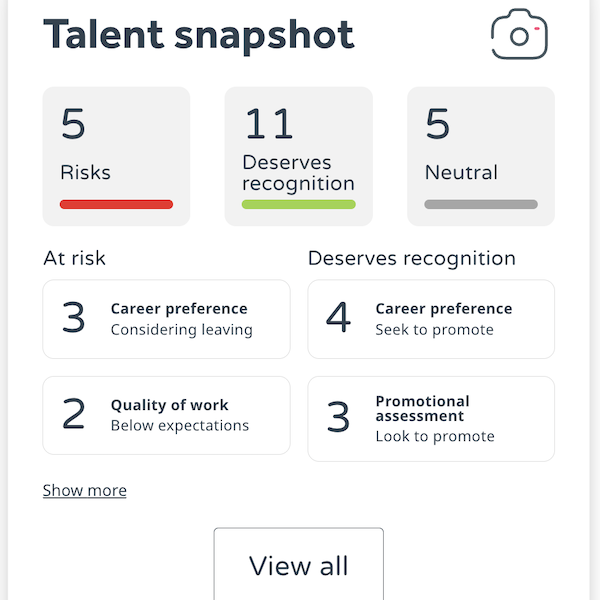I’ve just read on a well-known HR site that we shouldn’t get too hung up on survey completion rate when measuring staff engagement – it’s OK if half the staff fill it in, we needn’t worry about the rest.
Well, that can’t be right. If half the staff are responding, which half would that be? The more engaged half, of course. And which half needs to change?
The trick is to design a staff engagement process which the less-engaged staff actually want to take part in. In fact that is surely the real measure of an engagement exercise, that it reaches the parts of the team that have always been hard to reach. Let’s go further and say that survey completion rate could even be a better indicator of engagement than the survey results themselves.
A great deal of effort goes into making survey design efficient, so that the burden on employees is no greater than it needs to be. One reason for doing this is to increase the completion rate, on the assumption that people are more likely to do something if you make it easy.
However, that assumption is sometimes wrong – it turns out that getting hard-to-reach staff to take part in the survey does not depend on asking less of them, but asking more. In our experience, gathered over the years we were designing and building WeThrive, the more responsibility you give staff, by making it clear that you really want to know their views, and that you will be following up with them personally, the more likely they are to complete the survey.
We suggest that you start by briefing all staff carefully, more than once, before the survey is sent, and making sure they know:
- this is not a psychometric or a test of attitude or aptitude
- we are not measuring how well you work for the company, but how well the company is working for you
- the only aim is to remove frustration, improve satisfaction and help our staff grow and progress
- the whole group is doing this so we can all learn and do better
Staff have to be able to see how the survey will bring clarity, improved skills and better satisfaction to their work experience, otherwise they may well assume it’s an exercise to squeeze more effort out of them, in which case they (or at least some of them) will resist it.
Getting data from the people who aren’t engaged is important, because it’s the first step in helping them join in. If your survey system also returns immediate, practical, positive suggestions for improvement, by individual and by team, they will like it even more.
One more tip – when framing the conversation around staff engagement exercises, whatever they are, it really helps if everyone can see that it will help meet their needs if they take part. This is because the innate social, emotional and practical needs of the human being drive everything we do, however we may rationalise our behaviour. Please help yourself to our Missing Manual for the Human Being which explains this idea.
If you start by understanding the staff, plan the communications well and frame the exercise carefully, completion rates can be very high – we have seen 100% in some cases. This is just the beginning – now it’s time to follow up with the individual and team-level results, working through the issues and bringing in the new knowledge, resources, communications, social arrangements or whatever else is needed to improve staff’s perceptions of their time at work. It can be a lot of work – but it will be easier than working in the dark, with a survey half-completed…

